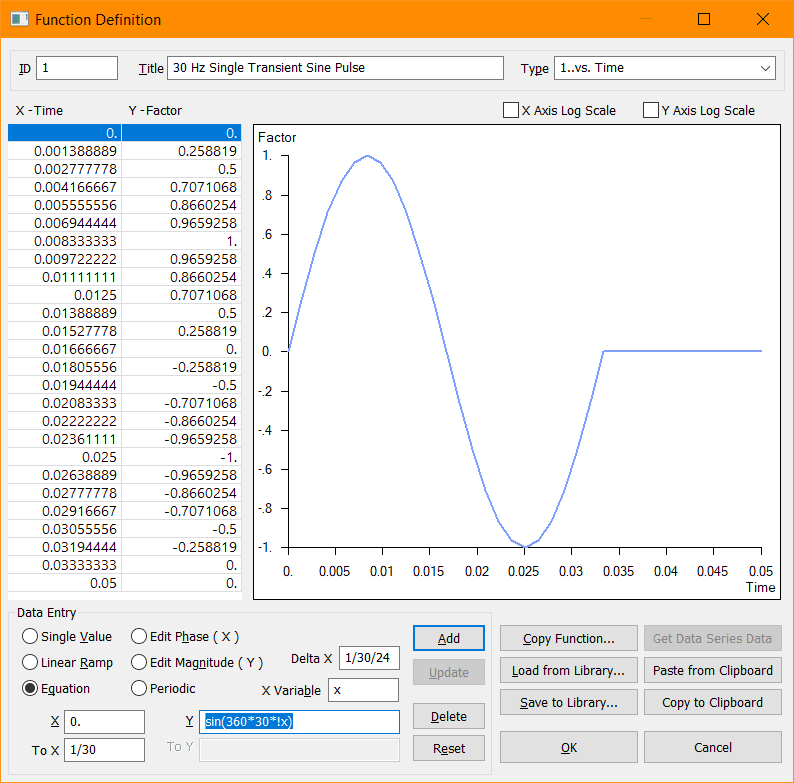Dear Caleb,
The first data to have exactly defined in a finite element analysis problem is to identify clearly the excitation: this will tells you if the problem is linear o nonlinear, static or transient dynamic, ie, the type of analysis run. When the word "
Hz" appear in any excitation this is dynamic problem, but we need to know more if the analysis should be solved in the frequency domain or time domain. Yes, because in the case of Simcenter NASTRAN we have many methods to solve dynamic problems: direct & modal, and also time & frequency domain, really rich.
• SEDFREQ SOL108: Direct Frequency Response Dynamic Analysis
• SEDTRAN SOL109: Direct Transient Response Dynamic Analysis
• SEMFREQ SOL111: Modal Frequency Response Dynamic Analysis (freq domain)
• SEMTRAN SOL112: Modal Transient Response Dynamic Analysis (ie, Modal Time History Analysis, time domain)
I prefer to work always in the frequency domain, is faster, then I try to use always the SOL111 & SOL112 modal methods based in normal modes performing previously the eigenvalue analysis (SOL103), forget al all the direct ones. In the modal methods the accuracy of the dynamic response is based in the number of modes extracted & used to compute the response, and this is very easy to achieve & control by end user:
the sum of modal mass should be always above of 85% of the total mass of the system in the direction of the excitation, easy!!
In your case, you mention words
30 Hz & peak displacement: this means you need to apply to the base node
a transient displacement to represent a 30 Hz single sine pulse defined in the time domain.
To learn how to define a sine function visit my blog here:
Consejos de Mallado y Análisis por Elementos Finitos con Simcenter FEMAP y Simcenter Nastran A menudo publico vídeos en mi canal de YOUTUBE con consejos de mallado y análisis por Elementos Finitos …

iberisa.wordpress.com
Basically:
• Use command
MODEL > FUNCTION
• Select the Equation radio button and enter the following values (I like to use 24 points to define the sine pulse function):
Delta X = 1/30/24
X = 0 Y = sin(360*30*!x)
To X = 1/30
• Click the
SINGLE VALUE button and enter the following values, this will expand the function till end time=0.05 s
X = 0.05 Y = 0
The resulting function curve will be the following:
Then when you apply the enforced displacement to the base node of the spider rigid RBE2 element prease associate the loading with this function and you are done!!.
Of course, the analysis type will be Modal Transient Response Dynamic Analysis (SEMTRAN SOL112), also know as Modal Time History Analysis.
To learn more please visit my Support website in the following address:
Best regards,
Blas.
~~~~~~~~~~~~~~~~~~~~~~
Blas Molero Hidalgo
Ingeniero Industrial
Director
IBERISA
48004 BILBAO (SPAIN)
WEB:
Blog de FEMAP & NX Nastran:


